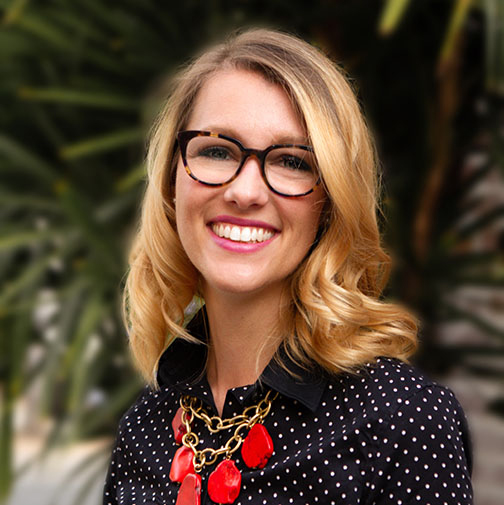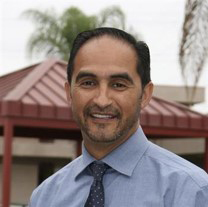 | 1 LU |
 | 1 LU |
How can we design K-12 spaces that authentically represent their communities, particularly in socio-economically challenged areas? A4E Partner and Design Principal Olivia Graf Doyle will present several K-12 case studies to highlight how an in-depth planning process that stays close to the local community can channel history, geography, and culture to create both natural and built spaces that actively engage students and local residents. The process emphasizes envisioning physical space that both teachers and students can use as pedagogical and learning tools, made more potent when shaped by an inclusive approach that produces environments users can strongly relate to. Case studies will cover the design solution for a gym and fitness center which drew inspiration from an overlooked and undervalued local history and geography; an engineering and technical career center in the same district that uses local natural elements to organize space and function; and a vacant storefront transformed into an educational center that embodies the client district’s goals around promoting future-ready distance learning. To give additional perspective on the depth of the planning and engagement process, Olivia Graf Doyle will be joined by Freddy Arteaga, Principal of Fernando R. Ledesma High School. As an educational leader and stakeholder involved in the case studies presented, he will share valuable context about the local community each project represents, describe the tangible outcomes of a highly inclusive planning and design process, and shed light on the user experience post-occupancy.
Learning Objectives:

Olivia is Partner and Design Principal for A4E, a women-owned design firm that specializes in education architecture. Balancing aesthetics and curriculum-based innovations, she leads outstanding projects that begin with a clear concept rooted in storytelling. Olivia frequently speaks at education-focused conferences and serves on the Leadership Group of the American Institute of Architects’ Committee on Architecture for Education. She was recently honored as one of Building Design + Construction’s 40 Under 40.

Freddy, Principal of Fernando R. Ledesma High School in El Monte Union High School District, El Monte, CA, has served the high school for the last twenty years as teacher, counselor, and now principal. Freddy has been integral to developing the school’s mission to provide students with a personalized alternative education program in a safe, caring environment that focuses on state and district instructional standards, enabling students to develop into successful, productive citizens.
The built and natural environments have profound impacts on our behaviors both for better and worse. How do we cultivate a sense of place for better? How might the built and natural environments be made to enhance teaching and learning? How might school buildings and grounds foster a sense of community by reflecting those they serve?
Primary Core Competency
Community Engagement: Leads the internal and external communities through a discovery process that articulates and communicates a community-based foundational vision, forming the basis of a plan for the design of the learning environment. The vision is achieved through a combination of rigorous research, group facilitation, strategic conversations, qualitative and quantitative surveys and workshops. Demonstrates the skill to resolve stakeholder issues while embedding a community's unique vision into the vision for its schools.